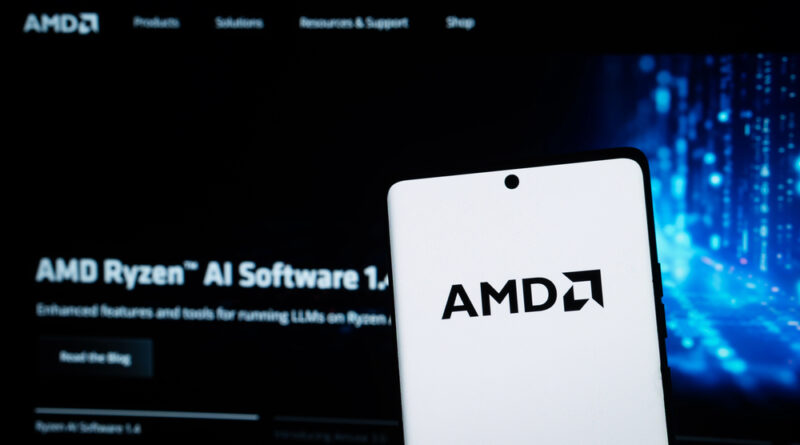AMD Deepens AI-Startup Ties—and Lets OpenAI Shape Its Next-Gen MI450 Chips
Advanced Micro Devices is turning to a new circle of allies—fast-moving AI startups—to close the software gap with Nvidia and influence the design of its next flagship GPUs.
Why the Startups Matter
In recent weeks AMD has snapped up several small software firms, added server maker ZT Systems, and embedded engineers at companies such as enterprise-model specialist Cohere. The payoff is already visible: Cohere says porting its code to AMD silicon now takes days instead of weeks, thanks to rapid upgrades in AMD’s open-source ROCm stack.
“It’s a multi-generational journey,” says Vamsi Boppana, AMD’s senior vice-president of AI. “Great chips are meaningless without great software.”
OpenAI’s Fingerprints on the MI450
The most influential partner is OpenAI. Executive vice-president Forrest Norrod says feedback from Sam Altman’s team drove changes to the memory architecture, scaling fabric and even the math kernels inside AMD’s forthcoming MI450 GPUs. Those chips will anchor Helios, a fully integrated AI server AMD plans to ship next year.
A CUDA Alternative—Finally?
Nvidia’s dominance rests on a lock-in loop of fast hardware and its CUDA software ecosystem. AMD hopes the combination of ROCm upgrades, startup feedback and marquee customers such as OpenAI will break that loop. The MI350 GPUs launched this week promise a fourfold leap over the current generation, and the MI400 series (due 2026) has already lined up Meta, Microsoft, Oracle and xAI as early adopters.
Market Stakes
With AI demand projected to double data-center GPU sales by 2027, even a modest share shift would be worth billions. Cohere CEO Aidan Gomez says AMD is now “a meaningful segment” of the company’s global compute base. Analysts note that if ROCm keeps shrinking migration times, more startups could follow.
What’s Next
AMD will ship MI325X accelerators in Q4 and unveil detailed MI450 silicon specs at its December developer summit. Two metrics will determine whether AMD’s multi-generational gamble pays off:
-
ROCm adoption — How many major AI frameworks run on AMD out of the box.
-
Helios benchmarks — Whether a rack of MI450s can match or beat Nvidia’s Rubin platform on training speed and energy cost.
If the startup ecosystem keeps pushing—and OpenAI keeps shaping the roadmap—AMD’s “multi-generational journey” may finally gain the momentum it needs.
Photo Credit: DepositPhotos.com

